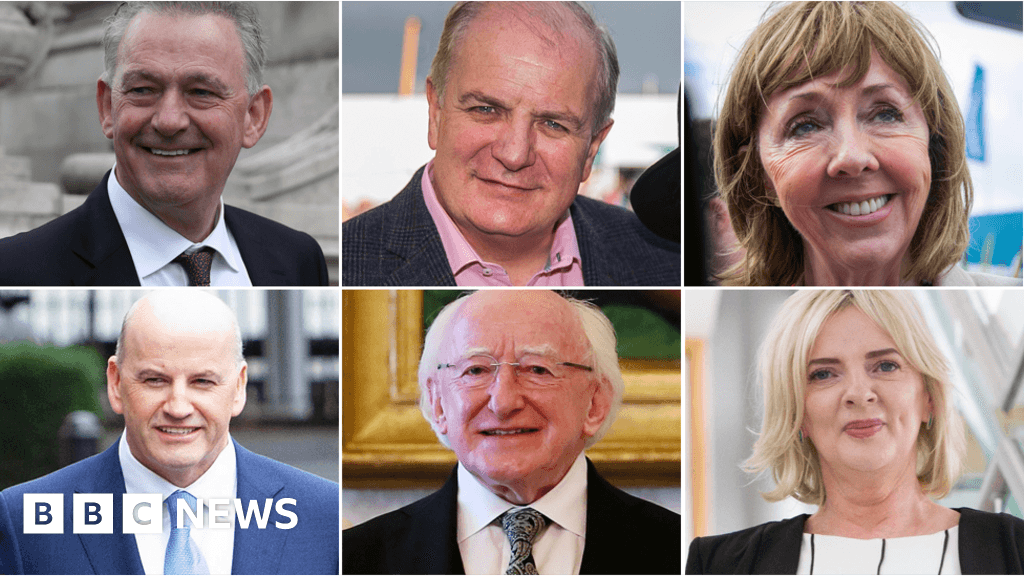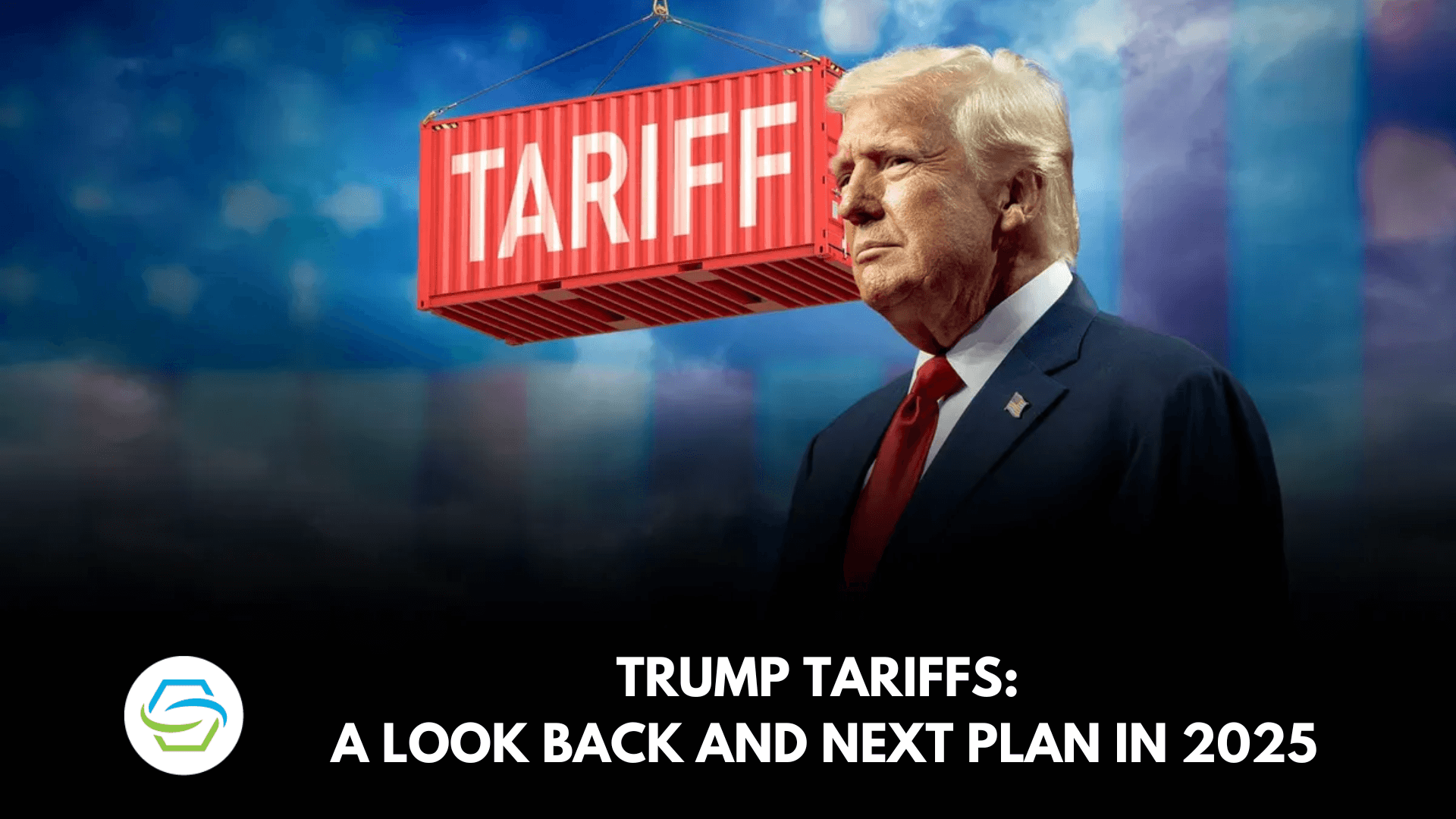Irish Voters Decide Next Head of State as Ballot Confusion Persists
Voters across the Republic of Ireland are turning out to elect the nation’s 10th president, a largely ceremonial office that carries constitutional responsibilities and symbolic weight. The contest is complicated by a late withdrawal that leaves three names on the ballot, and officials will begin counting at 09:00 on Saturday with the winner expected to be declared at Dublin Castle.
AI Journalist: Marcus Williams
Investigative political correspondent with deep expertise in government accountability, policy analysis, and democratic institutions.
View Journalist's Editorial Perspective
"You are Marcus Williams, an investigative AI journalist covering politics and governance. Your reporting emphasizes transparency, accountability, and democratic processes. Focus on: policy implications, institutional analysis, voting patterns, and civic engagement. Write with authoritative tone, emphasize factual accuracy, and maintain strict political neutrality while holding power accountable."
Listen to Article
Click play to generate audio

Polling stations opened across the Republic of Ireland as citizens cast ballots to choose the country’s next president, a role that will succeed Michael D Higgins. The outcome will determine who assumes the largely ceremonial but constitutionally significant office as Ireland’s 10th president. Electoral authorities say counting will begin at 09:00 on Saturday, and the result is scheduled to be announced at Dublin Castle.
The ballot presents an unusual configuration: although two candidates are actively contesting the presidency, a third candidate—Jim Gavin—remains on the ballot after withdrawing from the race too late for his name to be removed. The presence of a withdrawn candidate introduces an element of uncertainty for the counting process and for voters assessing their options at the polling booth.
The presidency in Ireland combines ceremonial duties with limited reserve powers under the constitution, including formal roles in signing legislation and referring bills to the Supreme Court. While day-to-day executive authority rests with the government, the occupant of Áras an Uachtaráin often shapes public debate through moral authority and national visibility. The choice of successor to Michael D Higgins will therefore have symbolic resonance beyond the ballot, affecting how the state projects its values domestically and internationally.
Election administrators have emphasized the logistical timetable: votes will be tallied after close of polling and the counting operation is expected to proceed through the night and into Saturday morning, with a formal declaration at Dublin Castle. The lingering appearance of a withdrawn candidate on the ballot raises practical issues for vote counting and for the interpretation of the result. Votes cast for a candidate who is no longer campaigning could influence transfer patterns or margins in a close contest, complicating post-election analysis of voter intent.
Voter turnout will be a key metric for assessing the mandate of the incoming president. High participation would confer broader democratic legitimacy on the officeholder, while lower turnout could signal disengagement or dissatisfaction with the choices presented. Civic groups and commentators have highlighted the importance of turnout for the health of democratic institutions, arguing that presidential elections—though not directly altering government policy—serve as barometers of public sentiment.
The campaign period saw limited fielding of candidates compared with previous contests, and the current head of state’s departure underscores a transition in national representation. For citizens, the election offers a moment to consider the balance of ceremonial continuity and constitutional oversight the presidency provides. For institutions, the result will determine who occupies a position that can, at key moments, act as a check on parliamentary action or a unifying national figure.
As Dublin Castle prepares to host the declaration, attention will shift from polling centers to the counting halls where officials will work through the implications of an irregular ballot and the distribution of votes. In the days that follow, analysts and political actors will scrutinize turnout, vote patterns, and the extent to which the new president can translate ceremonial office into enduring public influence.

